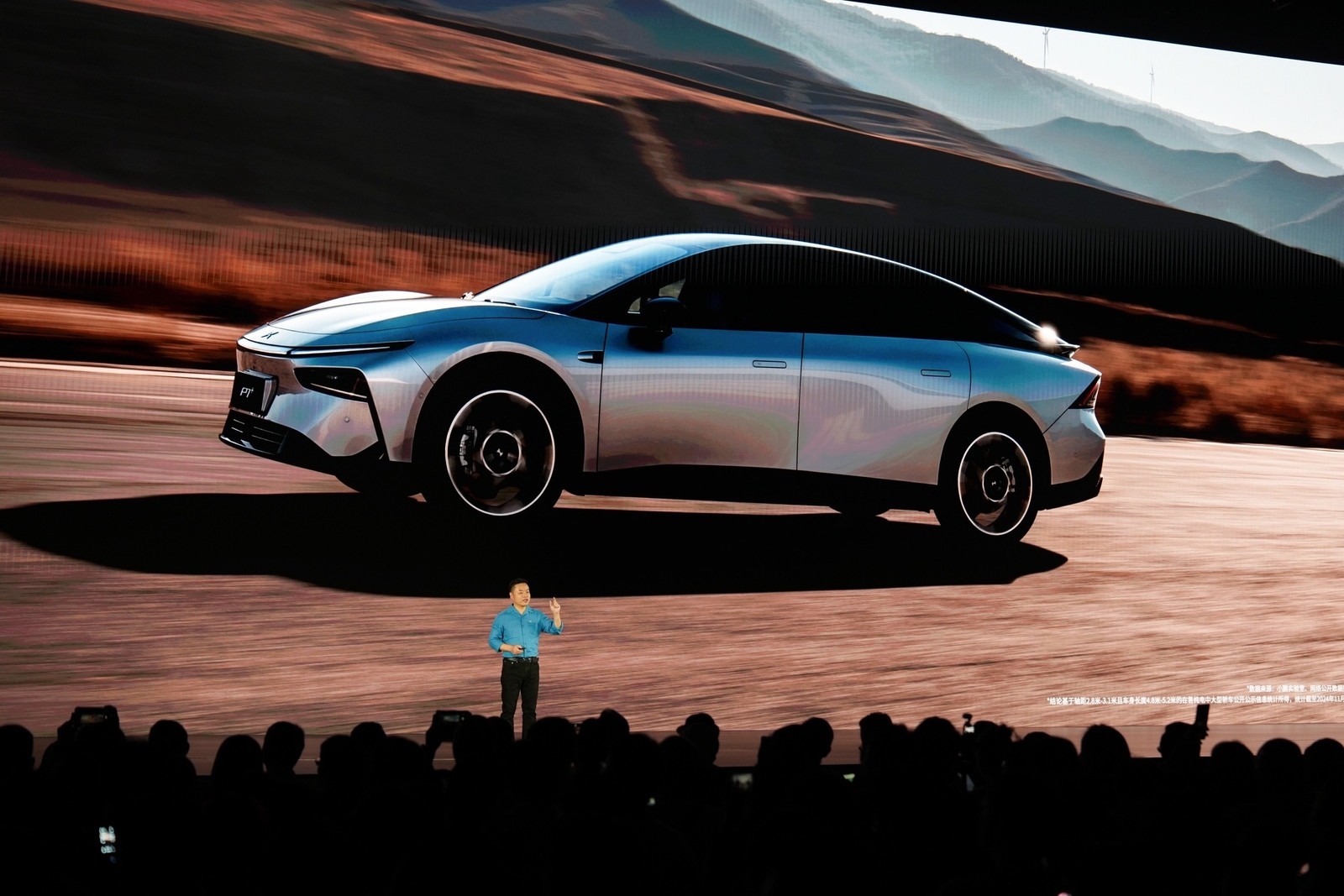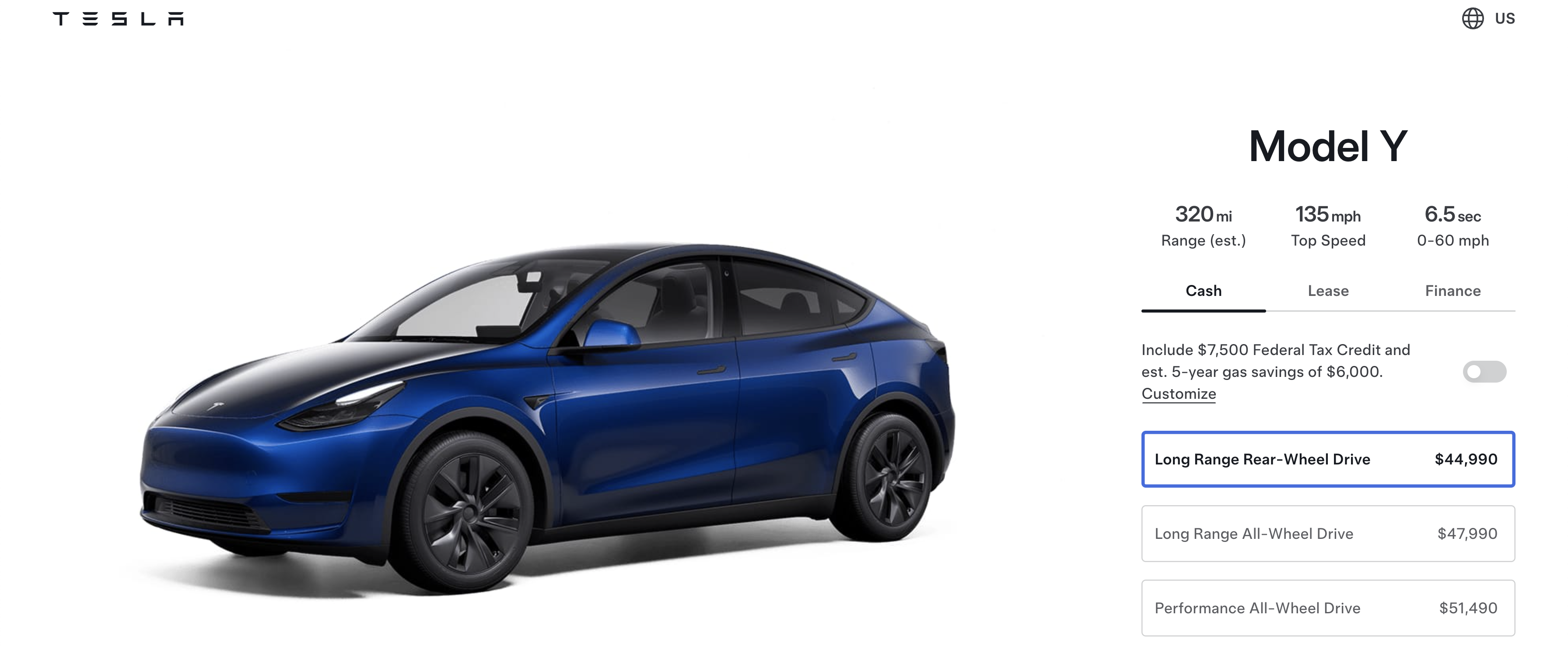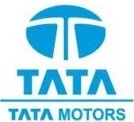Sign up for daily news updates from CleanTechnica on email. Or follow us on Google News!
In a recent video announcement, Aptera finally gave some more solid details on its plan for producing the ultra-efficient three-wheeled autocycles that have been promised for years. But getting to production means the company had to make some changes, including ditching hub motors for the first vehicles built.
Before I go further, here’s the announcement from the company so that you can watch it in full:
We are elated to share the incredible happenings at Aptera this July. Watch our update to learn about the PI builds our team is completing, along with our new powertrain. This progress is made possible because of your support, and we couldn’t be prouder to share the journey with… pic.twitter.com/PZ4XYn49EF
— Aptera (@aptera_motors) July 24, 2024
In the video announcement, Co-CEO Steve Fambro starts talking about the funding efforts for the company. Unlike years of announcements before, where specifics weren’t given, he says that the company needs $60 million to get to production. Previous money from crowdfunding efforts and other raises have been used to buy tooling, perfect the design, and otherwise lay the groundwork. This last push will be conducted by U.S. Capital Global, via a convertible note offering.
Once the funding is in, Fambro says that people with a pre-order will get specific time estimates for delivery in the website dashboard. So, this is the for-real end of funding needed and not just a step to the next raise. That’s real progress and real transparency (even if we’d like to see a lot more).
He also says that accelerators (people who participated in the crowdfunding campaign and earned early production slots) will get a final delivery position at the end of August.
Drivetrain Changes
Sadly, Aptera will not be able to deliver the first vehicles with hub motors or all-wheel-drive.
The motors from Elaphe won’t be available for years, assuming they become available at all. This left Aptera scrambling for alternatives, and the company has not yet been able to find hub motors from any other supplier. So, the hub motor design had to be abandoned for now and replaced with a drive unit that powers both front wheels.
This means that Launch Edition vehicles will be front-drive only, and not all-wheel drive, so that’s a bit of a letdown.
On the other hand, the company says that hub motors will still eventually come. Providing power to the rear wheel will require a hub motor, as there’s no way to fit a traditional drive unit or a chain drive like a motorcycle in the vehicle’s hyper-efficient shape. The company has not said whether it will use Elaphe motors later, or whether other suppliers are being worked with.
The front wheels will be driven by a Vitesco Technologies EMR3 drive unit. It’s a single assembly with a permanent magnet synchronous motor, gear reducer, and inverter all built-in. This means that the unit can be mounted in the vehicle quickly instead of needing to attach various parts all over the engine bay, provide different cooling and oil paths, etc.
On the other hand, the use of a center-mounted drive unit instead of hub wheels will mean minor losses that a hub motor design avoids. Using CV joints also means a few more failure points and more maintenance at high mileages. But almost all other EVs use this kind of drive unit and axle design, so that puts it at no disadvantage. Whether this will affect range at all is yet to be seen, but the effect could be negligible.
According to Vitesco, the maximum power for the unit is 150 kW, with a continuous rating of 50 kW. This is basically the same as a Chevrolet Bolt, but in a much smaller and lighter vehicle, so it’s still going to be pretty quick. It’s also the same amount originally promised with three wheels (50 kW per hub motor), so performance figures should be similar except where the extra traction of the rear wheel is concerned. So, the 0-60 could end up being a little lower depending on how good the traction control is.
Torque figures aren’t available for the motor itself, but the torque after reduction is given as 2900 Nm, or 2139 lb-ft. But, without knowing the reduction ratio, I don’t know what the motor torque will be, so it’s not easy to compare this to other vehicles’ drive units.
Plan For Production Intent Vehicles
Several production-intent vehicles will be built. Each one will have more parts and functionality than the one before it, allowing a progression toward a fully production-ready vehicle that can be copied.
The first one (PI1) will be meant largely for track use. It’s already under construction to validate fitting different systems together, but will not be drivable.
PI2 will be built only for track testing. This will be used to get efficiency numbers and validate drivetrain and other essential things. It will have a 44 kWh battery pack and we’ll learn more about how the vehicle performs once the company has it on the track.
PI3 will come last, and will be built to an almost complete specification, and PI4 will basically be produced with all parts and be a complete vehicle like the first ones sold to customers.
Are We There Yet?
Sadly, the answer is still no.
The convertible note offering doesn’t mean that the final $60M is in hand. It’s certainly possible that not enough investors buy the notes and that the company falls short of what’s needed for production. Having a company like U.S. Capital handle it could inspire more trust, but trust in the company is still going to be essential for that to happen.
If things go well, Aptera will be able to make the case to investors that the company is ready to actually produce with those funds and not sink. From what I’ve seen, it appears that the company has made real progress toward that and has both a solid design and a base of customers built up, but more savvy people will need to dig deeper into the company than I can (and need to do that).
Despite not having money in hand, this is the first time I’ve seen the company give a definitive statement on what funds are needed for production. We’ve heard numbers before, but the statements were a lot more vague and when we saw the money come, production didn’t happen. Hearing an actual figure given with a clear statement that this leads to production is a lot better than what we’ve seen before.
I’m working with the company to do a visit in the next few months, and should be able to see if the team has gotten any closer to production at that point!
Featured image by Aptera and Vitesco.
Have a tip for CleanTechnica? Want to advertise? Want to suggest a guest for our CleanTech Talk podcast? Contact us here.
Latest CleanTechnica.TV Videos
CleanTechnica uses affiliate links. See our policy here.
CleanTechnica’s Comment Policy





